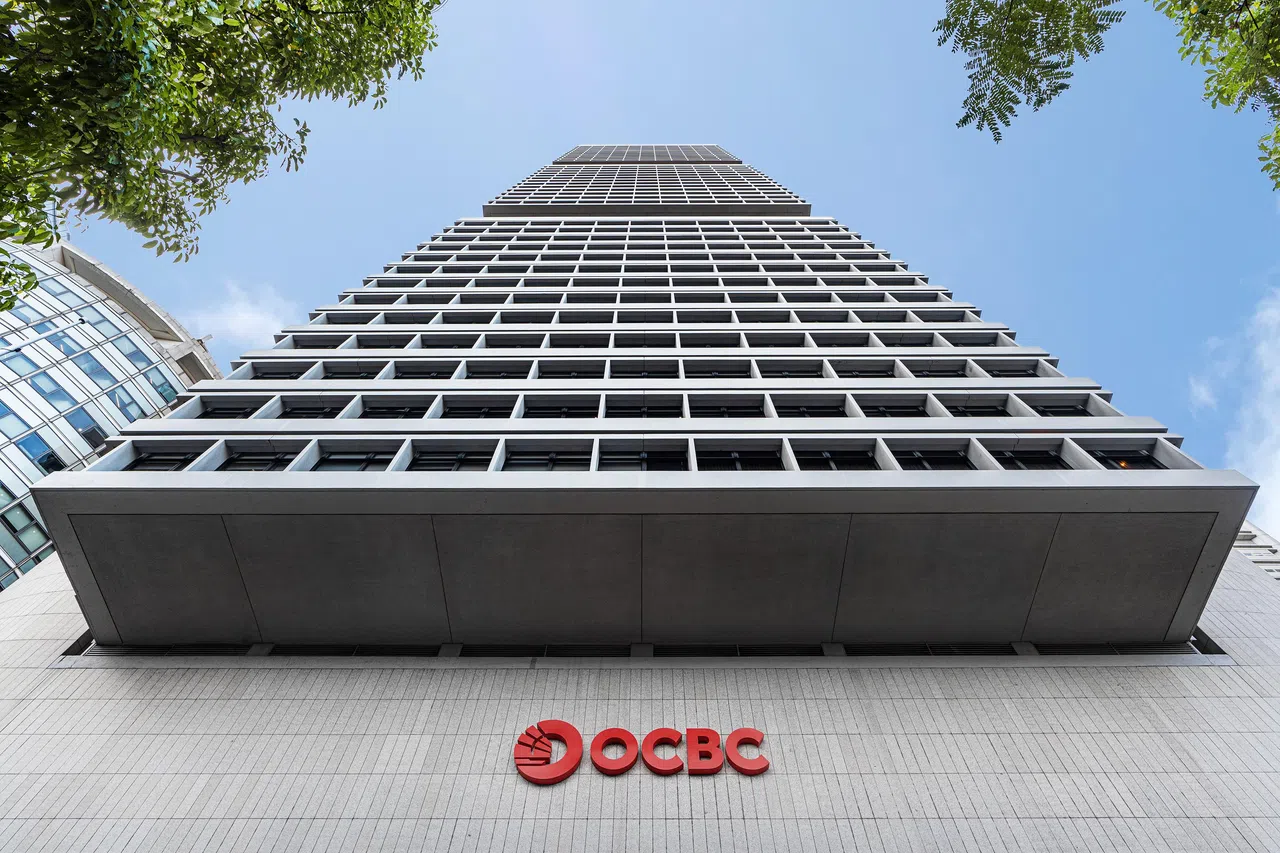OCBC : O39 0%’s financed emissions for six high-carbon emitting sectors in 2022 have declined, said its 2023 sustainability report released on Friday (Apr 5).
The absolute emissions in the oil and gas sector, as well as the emission intensities of the other five sectors – power, real estate, shipping, aviation and steel – have gone down.
The calculations for the bank’s financed emissions are based on its clients’ reported emissions data, which are typically published at least three months after the end of the financial year. Given the lag time in reporting and publication, the 2023 report reflects the bank’s 2022 financed emissions.
OCBC’s chief sustainability officer Mike Ng said that the bank has made good progress and is on track to meet its carbon reduction targets, unveiled almost a year ago, for these six sectors.
Singapore’s second-largest lender at the time also committed to cease the financing of upstream oil and gas projects approved after 2021.
The 2022 financed emissions for the power sector came in at 337 kg of carbon dioxide per megawatt-hour (kgCO2/MWh), which is 19 per cent below the sector’s net-zero reference pathway, and 9 per cent lower than its 2021 baseline emissions.
A NEWSLETTER FOR YOU
ESG Insights
An exclusive weekly report on the latest environmental, social and governance issues.
The reduction was a result of its power clients expanding their renewable energy business, as well as improving their operational efficiency. The emission intensity of integrated power generation clients in the bank’s portfolio has gone down by 6 per cent.
OCBC noted in the sustainability report that this positions the bank favourably to achieve its interim 2030 target of 165 kgCO2/MWh.
However, the rate of decline in financed emissions between 2021 and 2022 is actually slower than the selected reference pathway by the International Energy Agency.
Furthermore, with OCBC recently adjusting its coal financing restrictions to accommodate coal phase-out projects, the financed emissions for the power sector would likely go up in the future.
As for the oil and gas sector, absolute emissions have gone down by 19 per cent to 12.1 million tonnes of carbon dioxide equivalent (MtCO2e) in 2022, from 14.9 MtCO2e the previous year.
The decline reflects the gradual shift in overall portfolio as the bank’s oil and gas clients pivot their businesses, as well as a reduction in the bank’s share in the clients’ total emissions – a result of the clients’ total assets going up due to high oil prices.
OCBC utilises a metric blending its clients’ emission intensities across different building types to measure portfolio emissions for the real estate sector, where a negative figure indicates that portfolio emissions remain below the industry reference pathway.
While the weighted emissions intensity for real estate remains below the reference pathway at -1.4 per cent, it has gone up from its baseline of -5.3 per cent, indicating that the portfolio emissions for the sector is not decreasing as fast as the reference pathway.
However, the bank noted in its report that it relies not only on direct data from its real estate clients, but also national statistics.
The decarbonisation of the real estate sector remains a challenge as there will be a significant growth of real estate assets with the rapid urbanisation of Asia, which is where OCBC’s core markets are located.
It said it will deepen collaboration with its real estate clients, and help them understand their current position, evaluate the retrofit potential of their properties, and identify any ambition gaps that must be addressed to align with a pathway that keeps global warming within 1.5 deg C by 2050.
Using a metric similar to real estate, the portfolio emissions for the shipping sector initially outperformed the original reference pathway set by the International Maritime Organization (IMO). The weighted emission intensities across different vessel types came in at -2.7 per cent in 2022, compared with a baseline of 4.5 per cent.
The decline in emission intensities is partly attributed to the normalisation of markets from the effects of Covid towards the end of 2022, especially in the container segment. OCBC added that it will support its shipping clients as they renew their shipping fleets in preparation for the transition to low-carbon fuels. The majority of the new vessels that the bank finances now are dual-fuel vessels.
However, IMO has revised its net-zero trajectory, and OCBC’s portfolio emissions for the sector is at 11.2 per cent against the revised pathway.
Notwithstanding the progress made, Ng recognises the challenges ahead, adding that “the road to net zero is a long, multi-year journey that is fraught with challenges that may not be within the bank’s control”.
“These include difficulties in obtaining accurate and complete data for the calculations, and lack of commercially available decarbonisation solutions in certain sectors,” he said.






